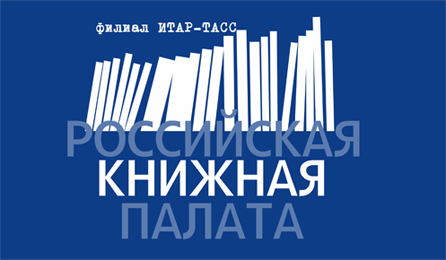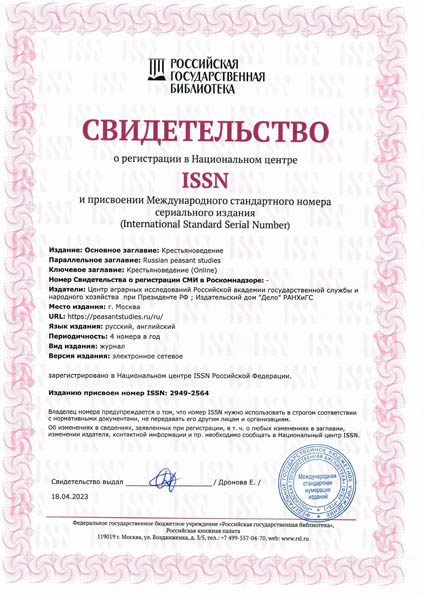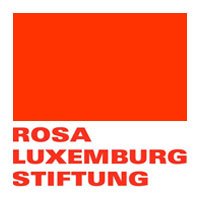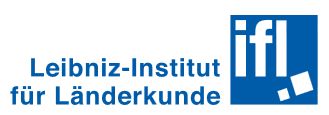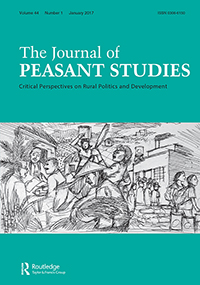Smirnova A.A., Smirnov I.P., Tkachenko A.A. Geographical approach to the classification of local rural areas (on the example of the Torzhok district in the Tver Region) // The Russian Peasant Studies. 2023. V.8. №1. P. 85-103.
DOI: 10.22394/2500-1809-2023-8-1-85-103
Annotation
The article continues the series of works on the geographical diversity of rural areas. The previous article (Tkachenko et al., 2021) presented a classification of rural districts in the Tver Region. This article aims at providing a classification of rural areas that are more fractional than municipal districts and at assessing the compliance (consistency) of classifications for the adjacent territorial levels. The Torzhok district was chosen as a main case for it represents the most prosperous type of districts in the Tver Region — agricultural, with a developed network of rural settlements. Based on the same characteristics as in the previous study, 22 local rural areas were considered as rural municipalities until 2017. The resulting classification includes 11 types, 6 of which have only one representative each. The grouping by the degree of compliance with the features of the Torzhok district showed that the general portrait of the district depends on a small number of local areas that form its spatial-semantic core: only 3 local rural areas located around the district center have the same characteristics. On the periphery, there are territories either with a low degree of correspondence or without any similar characteristics. The comparison of classifications proved the role of generalization in the study of spatial differences in rural areas.
Keywords
Countryside, local rural areas, frame structure, territorial functions, rural settlement, recreational potential, Tver Region, Torzhok district.
About the author
Smirnova Alexandra A., PhD (Geography), Associate Professor, Faculty of Geography and Geoecology, Tver State University. P. Proshina St., 3, bldg. 2, Tver, 170021.
E-mail: This email address is being protected from spambots. You need JavaScript enabled to view it.
Smirnov Ilya P., PhD (Geography), Associate Professor, Faculty of Geography and Geoecology, Tver State University. P. Proshina St., 3, bldg. 2, Tver, 170021.
E-mail: This email address is being protected from spambots. You need JavaScript enabled to view it.
Tkachenko Alexander A., DSc (Geography), Professor, Faculty of Geography and Geoecology, Tver State University. P. Proshina St., 3, bldg. 2, Tver, 170021.
E-mail: This email address is being protected from spambots. You need JavaScript enabled to view it.
Tkachenko A.A., Smirnova A.A., Smirnov I.P. A geographical classification of rural areas in the Tver Region // The Russian Peasant Studies. 2021. V.6. №3. P. 6-18.
DOI: 10.22394/2500-1809-2021-6-3-6-18
Annotation
The authors consider the term ‘rural areas’ and believe that such territories should not be defined as administrative-territorial units. The article presents another interpretation of ‘rural areas’ on the example of classification developed for the Tver Region. This classification is based on three features: the type of territory, its functions, and the development of rural settlements network; recreational potential can be an additional criterion. The combination of these features allowed the authors to identify 11 types of rural areas and to describe the distribution of territories and rural population of the Tver Region by typological groups.
Keywords
Rural area, rural district, classification, type, function, rural settlement, recreational potential.
About the authors
Tkachenko Alexander A., DSc (Geography), Professor, Faculty of Geography and Geoecology, Tver State University. 170021 Tver, P. Proshina St., 3, bldg. 2.
E-mail: This email address is being protected from spambots. You need JavaScript enabled to view it.
Smirnova Alexandra A., PhD (Geography), Associate Professor, Faculty of Geography and Geoecology, Tver State University. 170021 Tver, P. Proshina St., 3, bldg. 2.
E-mail: This email address is being protected from spambots. You need JavaScript enabled to view it.
Smirnov Ilya P., PhD (Geography), Associate Professor, Faculty of Geography and Geoecology, Tver State University. 170021 Tver, P. Proshina St., 3, bldg. 2.
E-mail: This email address is being protected from spambots. You need JavaScript enabled to view it.
Light, water and playgrounds: Local initiatives in the Tver Region as reflecting the territorial challenges
Jul 24 2020Smirnova A.A. Light, water and playgrounds: Local initiatives in the Tver Region as reflecting the territorial challenges // The Russian Peasant Studies. 2020. V.5. №2. P. 151-158.
DOI: 10.22394/2500-1809-2020-5-2-151-158
Annotation
The author continues the study of the Local Initiatives Support Program in the Tver Region, which was started in 2016. Based on the rural settlements’ participation in this Program from 2013 to 2018, the author drew a map and made conclusions about the rural population activity. However, according to the field data, rural residents rarely propose projects; therefore, the map presents rather the activity of local administrations. The article focuses on contradictions and difficulties in the implementation of local projects in different municipalities. The survey and expert interviews in the municipalities of the Tver Region showed that the general idea of the Program differs from the results of its regional implementation for participation in the Program was very difficult for many municipalities due to bureaucratic obstacles. The proper application and achievement of the required results including involvement of local communities were as difficult for many administrations as ensuring the project information support which was one of the necessary conditions for getting a regional subsidy. Moreover, there are differences in the directions of the rural development compared to the European LEADER approach: LEADER projects usually do not focus on the infrastructural development and aim primarily at the small business development, preserving the cultural heritage and increasing the tourist attractiveness of rural settlements.
Keywords
Local Initiative Support Program, Tver Region, local initiatives, rural areas, activity of the rural population, rural development, LEADER approach
About the author
Smirnova Alexandra A., PhD (Geography), Assistant Professor, Tver State University. Zhelyabova St., 33, Tver, 170100.
E-mail: This email address is being protected from spambots. You need JavaScript enabled to view it.


